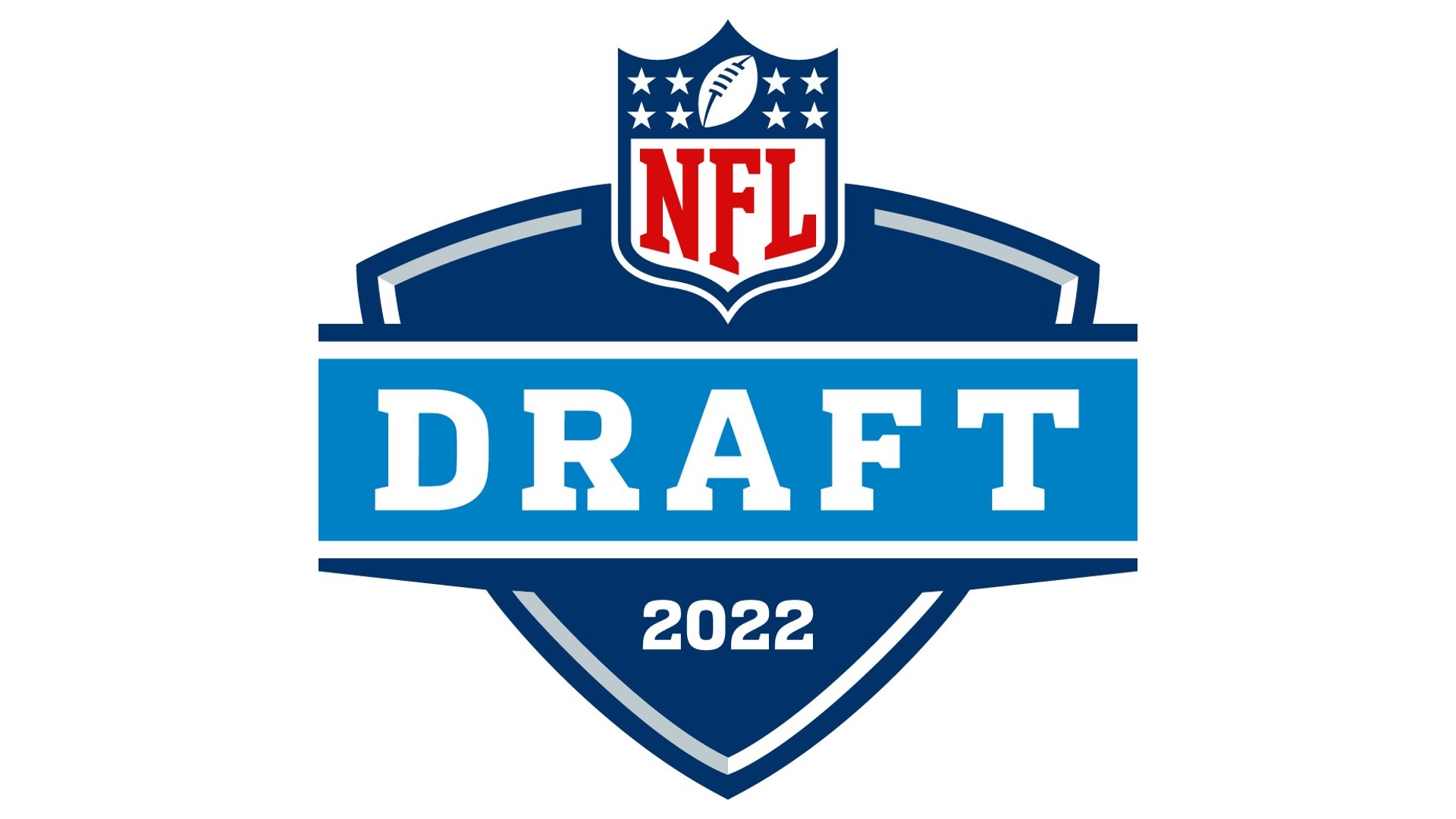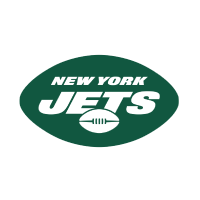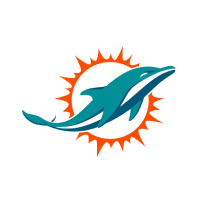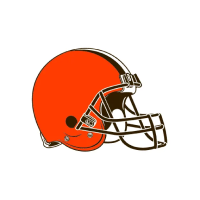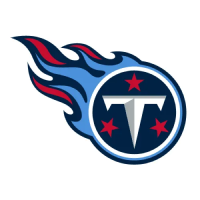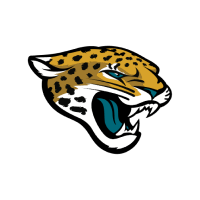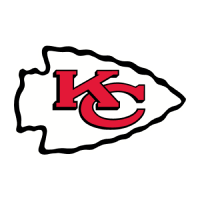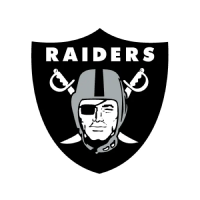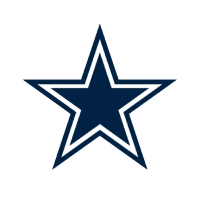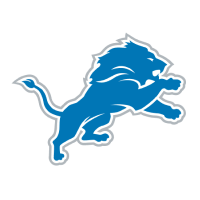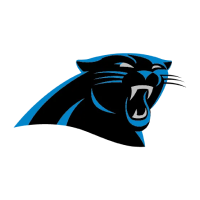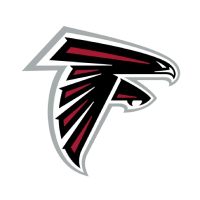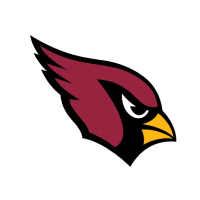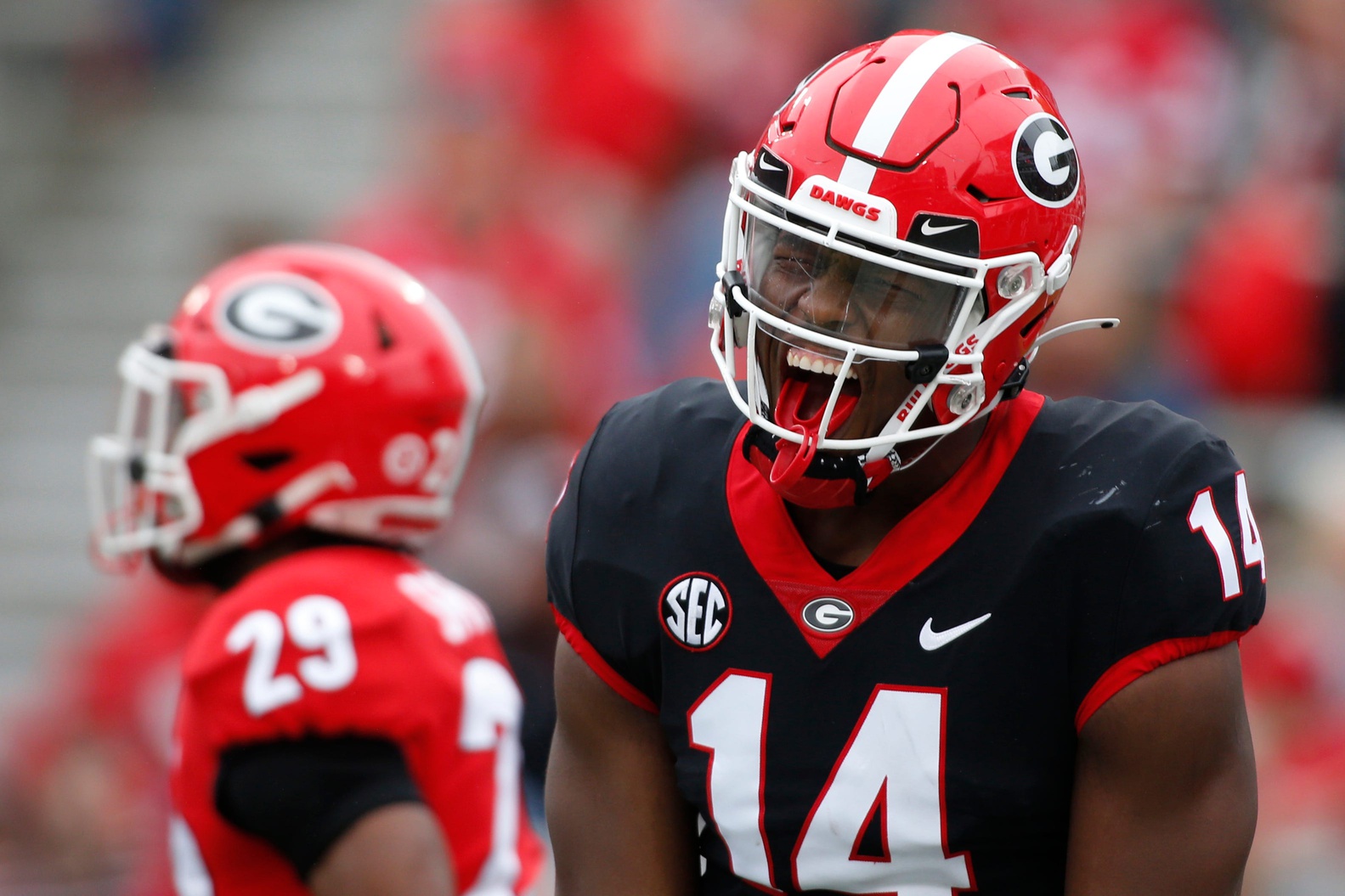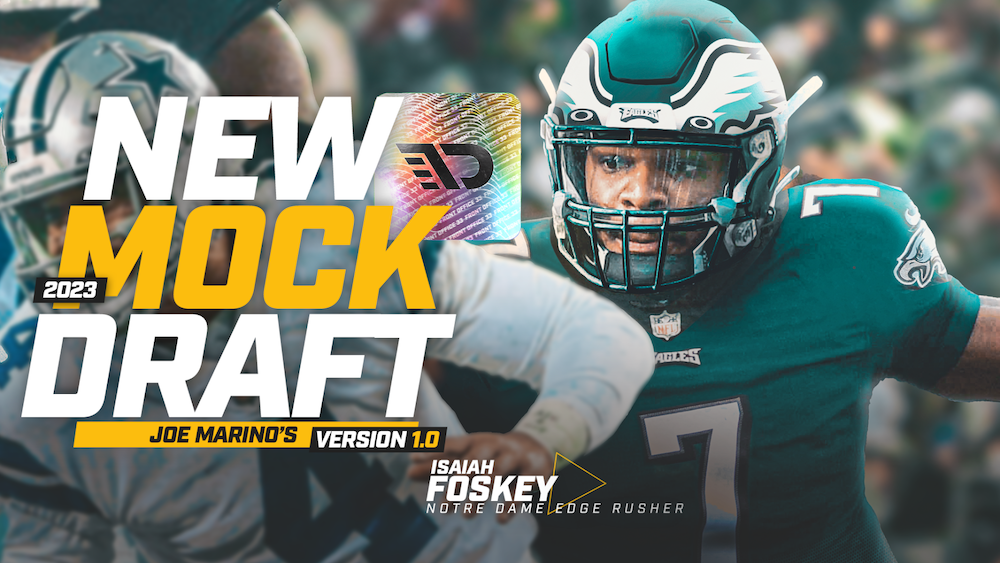PROSPECT SUMMARY - CAMERON MCGRONE
Cameron McGrone projects as a starting MIKE linebacker at the professional level. McGrone is just a redshirt sophomore who enters the NFL draft process with just 19 games and 15 starts at Michigan under his belt—a significantly small sample size that will leave teams needing a little extra clarity in order to decipher his ceiling within their respective defensive systems. McGrone claimed the Wolverines' starting MIKE LB position in 2019 after injuries forced the team to shuffle around their defensive depth chart and McGrone never looked back as a redshirt freshman. He was tremendous throughout the course of the 2019 season and while he did not quite play to that same caliber or level in 2020, he clearly has all of the physical tools needed to become a dynamic defensive playmaker for an NFL franchise as the heartbeat in the middle. McGrone operated as the MIKE in Dom Brown’s blitz-heavy defensive scheme, which has groomed McGrone to offer an NFL defense ample value on third downs and obvious passing situations. There’s not a great deal of exposure to more pure coverage reps, although he was afforded a handful of opportunities to pick-up back releases in man coverage or go flexed out wide against tight ends (Indiana 2020). McGrone also showed admirable toughness this past season, playing with a cast on his hand and continuing to play with a twitched presence who wasn’t afraid to lock horns with offensive linemen at the line of scrimmage. McGrone’s value stems from an explosive athletic profile and three-down value for the NFL game—meaning he should get a chance to crack a starting lineup fairly early on despite his lack of experience at the college level.
Ideal Role: Starting MIKE linebacker (three-down role).
Scheme Fit: Blitz-heavy schemes that implement interior stunts or pressure overloads with their linebackers in coverage. Gap penetration ideology.
FILM EVALUATION
Written by Kyle Crabbs
Games watched: Wisconsin (2019), Penn State (2019), Iowa (2019), Notre Dame (2019), Ohio State (2019), Alabama (2019), Minnesota (2020), Michigan State (2020), Indiana (2020)
Best Game Studied: Iowa (2019)
Worst Game Studied: Minnesota (2020)
Tackling: McGrone offers sturdy hitting power and effective range as a man roaming the middle—he’s had success stringing out reps to the numbers and he’s highly proficient at bringing his feet through on head-up challenges to deliver a lot of power. He’s not the most impressive from a reach and tackle radius perspective, but his closing burst allows him to compress space quickly and ensure he’s into the body of the ball carrier. He’s got some fierce finishes on his resume down near the goal line.
Football IQ: This may be more of a subjective piece of his evaluation given the significant lack of reps he’s gotten at the college level. He’s got the equivalence of just one season as a starting linebacker under his belt between 2019 and 2020 (15 starts) and his play didn’t follow a linear progression in an upward path. His processing in 2019 was lightning quick, but he did look a bit slower to trigger on backfield action in 2020. Was that by scheme and design? That’s a question NFL teams will need to vet for themselves. If the answer is yes, then it is full-steam ahead for his NFL outlook.
Competitive Toughness: When he’s seeing things clearly, he’s fearless to charge gaps and meet running backs (or blockers) head on in the gap. He’s got an advantageous build to provide needed leverage both as a tackler and when stacking up blocks and he pairs it with an ambitious punch to help hold his ground. Effort level and flow will find him 20-plus yards downfield in pursuit of the football on chunk plays that don’t come his way initially.
Pass Coverage Ability: McGrone will definitely offer more value to a team not afraid to blitz than he will to a team that wants to rush four and try to match-up with skill players across the board. If he’s on the field on third downs, you’re best off running him into action, but you can still build value if you’re facing teams that run check-downs and releases to backs out of the backfield with high frequency; he showed awareness to green-dog blitz or flow late with back releases and ensure his defense isn’t giving up leverage on cheap work underneath. I would not, however, ask him to play coverage against tight ends in man-to-man for the foreseeable future. He’s got the athletic profile to get there, but he’s got marginal experience doing so and asking him to cover the middle of the field as a young rookie could do more harm than good.
Run Defending: He’s had some terrific fills on his resume and shows a good feel for when to accelerate. He takes good angles and trusts his burst to close him into the hip of the ball carrier when runs don’t come directly downhill at him. Some of the more RPO/spread offenses have had some success pulling him out of assignments with false keys—something to watch and be aware of moving forward. McGrone’s best impact comes stacked behind the front and playing his fits scraping over the top to press, navigate, and feel soft spaces to anticipate and shoot the gap.
Block Deconstruction: You almost need to give him a pass for some of the lapses in 2020 when you consider he did play with a club. But there’s a potent stun punch here and a cognitive effort to stab and offset forward momentum pressing into his lap by climbing OL. McGrone has only modest length and as a result, he won’t bench press bodies off his chest routinely, but he does have naturally built-in leverage and wins stalemates by standing up blockers in the hole when he’s looking to stick his face in the fire.
Lateral Mobility: He’s very fluid and has shown the ability to pick through traffic but does so most importantly under control. He doesn’t wildly fly out to get leverage outside and concede cutback space, he’ll stay flowing overtop of runs before picking his gaps to advance forward toward the LOS. He’ll win across the face of interior blockers with suddenness. When he’s carrying momentum on blitzes, he’s unbothered to flatten or juke back to flash with the ball carrier. He wins here with both long speed and short agility.
Flexibility: McGrone’s build allows him to play low to the ground and pivot or redirect with suddenness to flash and react to the ball carrier’s adjusted pace in real time. He’s peeled around the formation and shown the ability to carry speed through his turns to push the issue. McGrone offers ample coil through his frame and explodes on contact when he’s bringing his feet behind his tackle challenges. He’s not overly impressive in coverage reps to flip and hinge his hips open and he did look a little more rigid in 2020.
Leadership: I love the fact that he played in 2020 with a club on his hand, not allowing the injury to deter his availability or impact how he addressed blockers on the field. He wasn’t as effective but he didn’t use it as a crutch or play scared. He’s young and relatively inexperienced, so he may need a little seasoning or mentorship before he’s fully worked into the “captain of an NFL defense” role. But with that in mind, he’s too talented to leave off the field.
Versatility: His three-down value stems from his skills as a blitzer, where he is excellent. McGrone’s dynamic closing burst allows him to scream off the edge and he illustrates a strong feel for waiting out gaps to open on interior blitzes as well. He’s a capable defender in picking his way through traffic or conversely trying to bang heads with blockers climbing the to the second level—he gives you enough in both spaces that you don’t have to pigeonhole him into playing behind specific personnel.
Prospect Comparison: C.J. Mosley (2014 NFL Draft, Baltimore Ravens)
SCOUT GRADES
TDN Consensus: 81.63 / 100
Joe Marino: 81.00/100
Jordan Reid: 82.00/100
Drae Harris: 81.00/100
Kyle Crabbs: 82.50/100
Filed In
Related Articles
NFL Draft
Arik Gilbert Doesn’t Need Big Workload To Be A Top NFL Draft Pick
- Aug 22, 2022
NFL Draft
2023 NFL Mock Draft: Marino 1.0
- Aug 22, 2022
Written By
